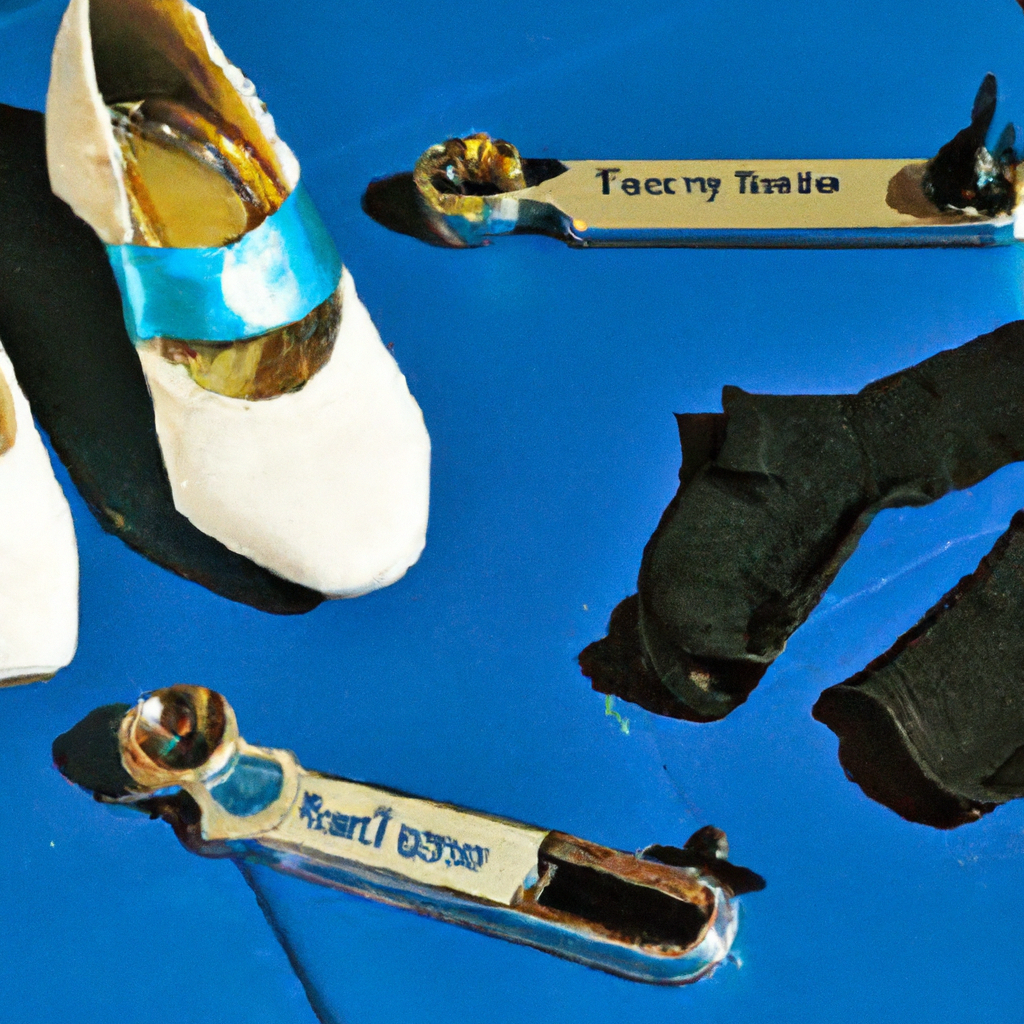
Make Some Noise with Tap Dance Shoes
Share
Tap dance is a delightful and captivating art form that relies heavily on the skill of the dancer and the quality of their equipment. This article aims to help dancers find the perfect tap dance shoes to provide optimal sound and stability required for tap movements. We will explore the critical features of these specialized footwear options, the significant variations available in the market, and expert recommendations to improve your tap dancing experience.
Understanding the Key Features of Tap Dance Shoes
Tap dance shoes, with their characteristic metal plates – or taps – attached to the soles, are explicitly designed for tap dancing. These taps facilitate the production of the unique and mesmerizing sounds associated with this dance form. The shoes should offer both comfort and stability, allowing dancers to execute complex tap combinations with precision. This high-quality footwear often features cushioned insoles, padded linings, sturdy uppers, and wings on the side of the shoes for additional support. All these elements play a critical role in ensuring that dancers can perform with ease, precision, and style.
How to Choose the Right Tap Dance Shoe Material?
Dancers must consider the material of the tap dance shoes when making their selection, as this can impact the sound quality and the longevity of the shoes. Shoes crafted using genuine leather are recommended for their durability and flexibility. However, synthetic materials like faux leather and vinyl may also be preferred for their budget-friendliness and ethical considerations. Dancers should ensure that the shoe materials provide good support, snug fit, and ample adjustability to enable smooth and effortless tap moves.
Analyzing the Types of Taps on Tap Dance Shoes
The tap plates on tap dance shoes are typically constructed of aluminum, steel, or a combination of both materials. Aluminum taps create lighter and higher-pitched sounds, whereas steel taps produce a more resonant, deeper tone. Many tap dance shoes come with pre-attached taps, while others allow the taps to be screwed on or off. The latter option provides more customization for the dancer. Dancers should try different tap materials and combinations to find the taps that produce the desired sound quality and match their skill level.
What is the difference between Full Sole and Split Sole Tap Dance Shoes?
The sole construction is another crucial aspect to consider when purchasing tap dance shoes. Full sole tap dance shoes have a single piece of material extending from the toe to the heel, which provides added support for arches and aids in developing stronger foot muscles. On the other hand, split sole tap dance shoes consist of two separate sole sections, enabling greater flexibility and sharper, more intricate movements. Experienced dancers often prefer split soles for the improved freedom of movement, while beginners might opt for full soles for the additional stability and support.
Finding Your Ideal Tap Dance Shoe Fit
Achieving the perfect fit for your tap dance shoes is vital for ensuring comfort, performance, and injury prevention. A well-fitted shoe should have a snug fit without being overly tight or causing discomfort. Dancers should allow enough space for toes to move freely and avoid excessive pressure on the foot's sides and arch. Adjustability is another essential factor, as tap dance shoes must securely hold the foot in place while accommodating unique foot shapes and sizes. Look for shoes with adjustable straps or laces to help you find your ideal balance of comfort and support.
What Precautions Should You Take When Buying Tap Dance Shoes for Children?
Children's tap dance shoes should provide ample room for growth and adjustability to adapt to their rapidly changing feet. It is crucial to monitor the fit regularly and replace the shoes when they become too tight or uncomfortable. Opt for shoes with a flexible and supportive construction to promote healthy foot development and avoid injury. Additionally, consider opting for shoes with adjustable features like straps, buckles, or laces to accommodate the child's growing feet while providing the necessary support for tap dance moves.
Conclusion
Finding the ideal tap dance shoes can significantly enhance your overall tap dancing experience and elevate your performance level. By considering factors such as material, tap type, sole construction, fit, and adjustability, dancers can achieve a perfect balance between sound, stability, and comfort. Whether you are a seasoned performer or just starting your tap dance journey, investing in the right tap dance shoes is the first step towards perfecting the art of tap dance.
Related Posts
-

Elevate Your Dance Makeup Business Online
You're one step away from taking your dance makeup business global. A professional online presence is key, with 75% o...
-

Three Clicks Revolutionizes Online Marketplace Experience
Three Clicks is revolutionizing the online marketplace experience by seamlessly connecting buyers and sellers through...
-

Festive Reindeer Cross Stitch Pattern Delights Crafters
This festive reindeer cross stitch pattern, featuring Dancer, one of Santa's beloved reindeer, is a delightful treat ...


